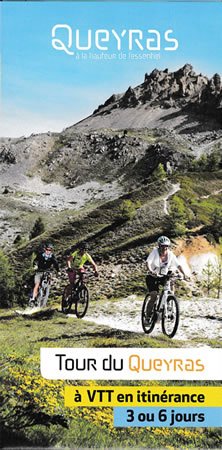
Cycling - Biking - Mountain biking - Electric biking in Queyras
Cycling on the Col Agnel, the Col d'Izoard, along the Guil: the Queyras offers a thousand possibilities for cycling, mountain biking and even electric biking.
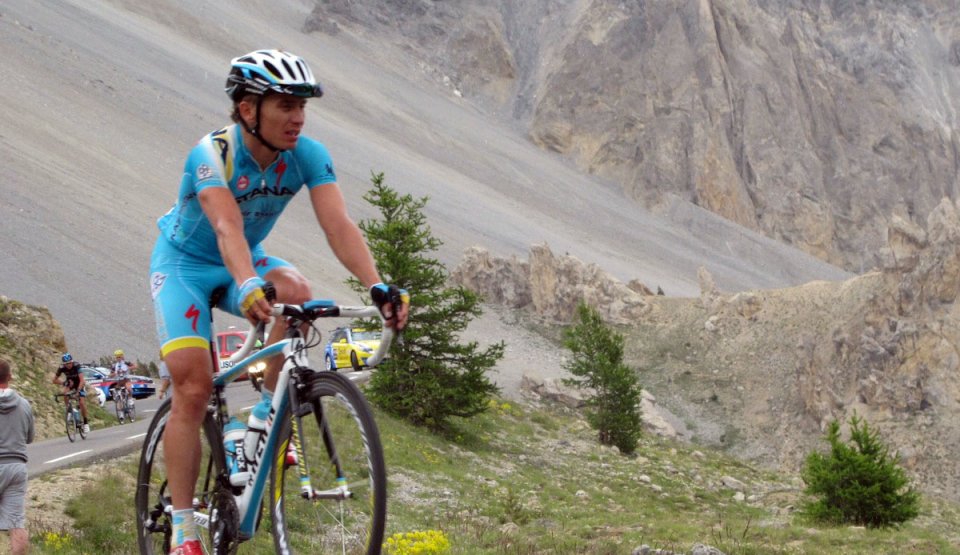
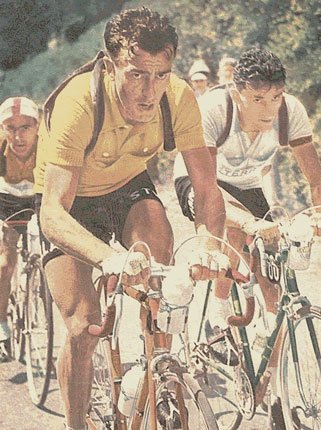
Cycling on the Col d'Izoard (Arvieux)
Did you know?
The Col de l'Izoard (2,360 m) has been crossed 32 times by the Tour de France since its inception.
Among the riders who reached the summit first, the following are particularly noteworthy:
Gino Bartali (I.) 1938 and 1948
Jean Robic (F.) 1947
Fausto Coppi (I.) 1949 and 1951
Louison Bobet (F.) 1950, 1953 and 1954
Federico Bahamontes (E.) 1958 and 1962
Eddy Mercks (B.) 1972
Santiago Botero (C.) 2000
Stefano Garzelli (I.) 2006
It is said that the cyclist who wears the yellow jersey at the finish of the stage over the Col d'Izoard wins the Tour de France. Legend or reality?
When one associates Queyras with cycling, one immediately thinks of the Col d'Izoard, between Arvieux on the Queyras side and Briançon on the Hautes Alpes side, which has seen so many prestigious cycling races pass by, including the Tour de France, the Giro d'Italia, the Critérium du Dauphiné Libéré, the Serre-Che Luc Alphand and many others...
On the Briançon side, in the Hautes Alpes region, the gradient averages 5.7% over 20 km with 1,185 m of vertical drop, but the last 10 km in the middle of the woods with an 8% gradient are tough.
On the Arvieux side, the average gradient from Guillestre (Hautes Alpes) is lower: 4.5% over 32 km with a 1,440 m vertical drop; but it's at km 17, as you leave the Combe du Guil, that things get serious: 7 km at an average gradient of 7.5%, then 5 km at 9%, including 2 km at 11% to reach the Col d'Izoard, which you reach in a remarkably mineral landscape, Casse-Déserte, where you can see Fausto Coppi and Louison Bobet, the Italian and the French cycling heroes united for eternity on twin steles.
Of course, you can leave it at that: cycling up the Col d'Izoard is already quite a feat, but the ultimate is to come back down the other side and complete the tour along the right bank of the Durance between Briançon and Guillestre in the Hautes Alpes.
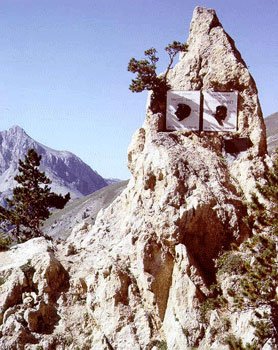
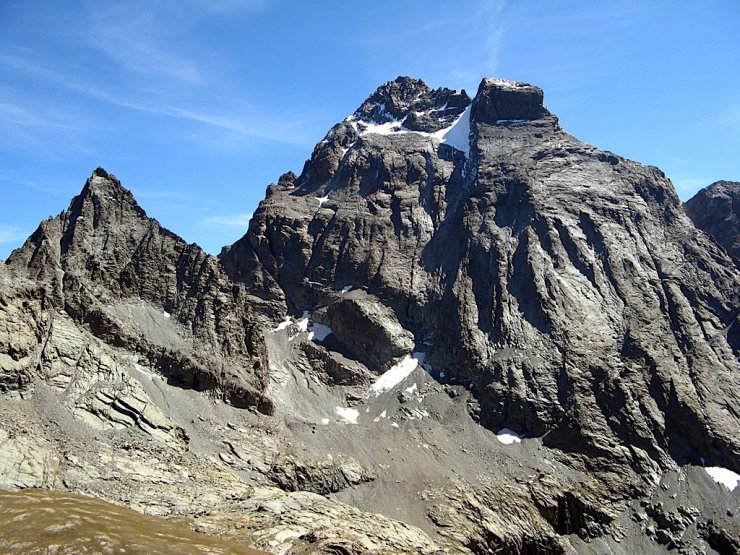
Col Agnel by bike (Molines)
If you're spending a few days in the Queyras - which is necessary to get used to the altitude and get your legs into gear - you can also test yourself with the Col Agnel (2,746 m), which provides the link with Italy. It's the second-highest road pass in the French Alps, the first being the Col de l'Iseran (2,770 m) in Savoie, and the third-highest in the Alps after the Col Stelvio (2,758 m), which joins the Adige in Italy to the Valtellina in Switzerland.
The climb from Château-Ville-Vieille(1,300 m) via Molines-en-Queyras (1,750 m) is 21 km at 6.5%. The Tour de France crossed this pass for the first time in 2008. At the summit, the view extends to the Ecrins, Mont Pelvoux and La Meije, and closer to the Pain de Sucre, on whose flanks ibexes are not uncommon, and on the Italian side to Mont Viso, which, at 3,841 m, reigns majestically over the Southern Alps.
A detour to Saint-Véran
When in Molines, on the way up or down, a detour via Saint-Véran is a must. It's so close. Saint-Véran, 2040 m, the highest commune in the Hautes Alpes and in France, the village where, it is said, roosters peck at the stars.

By bike to Ceillac
From La Maison du Roy (1057 m), whether you're coming from the Hautes Alpes via Guillestre or from the Queyras, you simply need to enter the Cristillan valley to reach Ceillac (1639 m). The winding road stretches for 8,200 m along the torrent that rumbles at the bottom of the valley. With a vertical drop of 582 m and gradients ranging from 8 to 13%, there's plenty to stretch the legs of the sporty biker.
Cycling along the Guil, from Château-Ville-Vieille to Ristolas
Of course, you can't conquer summits every day. You have to alternate with flat (or almost flat) terrain. The twenty-kilometer route from Château-Ville-Vieille (1,300 m) to Ristolas (1,600 m), via Aiguilles-en Queyras and Abriès, on dirt roads if you have the right bike, or by road, will give you that half-day "rest" without losing your fitness. It's a great opportunity to discover the villages of the Queyras region, each steeped in history and each with its own personality.
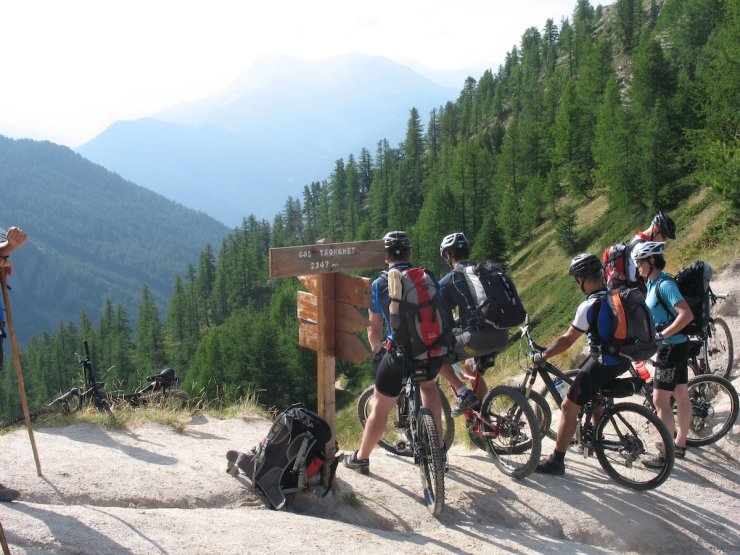
Mountain biking and VTTAE
Of course, the "little queen" works wonders on the road, but you should also try mountain biking, or mountain byke. Here, itineraries abound, starting with the Tour du Queyras, which can be completed in five days, five days of pure bliss. And then there are all those trails leading up to passes, lakes and mountain pastures with their chalets, such as Clapeyto and Furfande.
Electric bikes
The electric bike, a new way to discover the mountains, without noise or pollution. Doing as the Tour de France riders did over the Col d'Izoard or the Col Agnel, or riding the mountain bike routes, seems to be reserved for the sporty or the young (or even better, the young sporty).
But if you love the mountains but no longer have the legs you had in your twenties, and if such feats seem inaccessible to you, why not try the VAE, the electrically-assisted bicycle, or more simply, the electric bike? Then cycling will have a whole new appeal. The numerous settings allow you to choose your speed and the effort to be made, whether on the road or on the trail with the mountain bike version.
